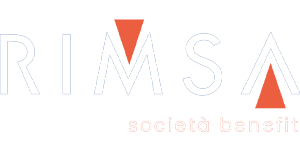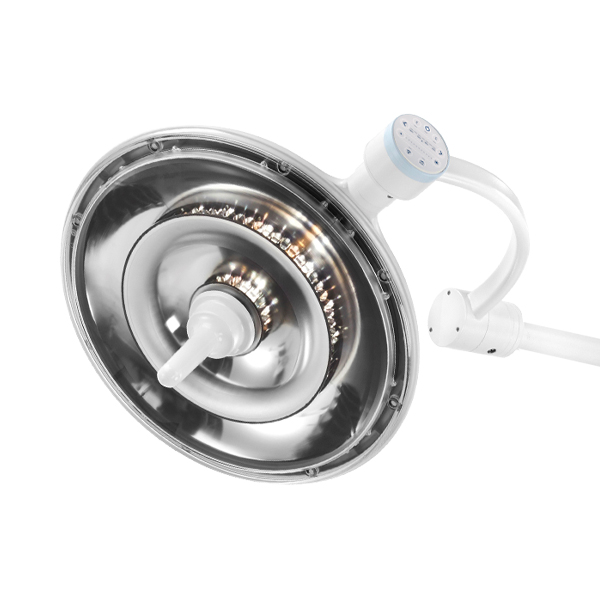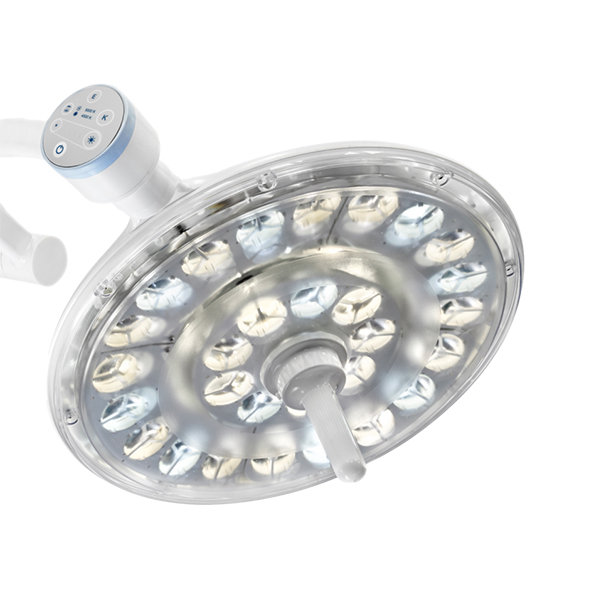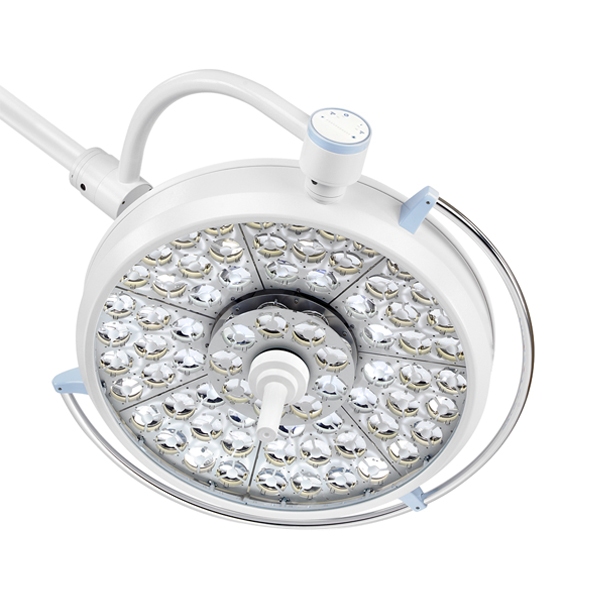Neurosurgery and maxillofacial surgery both work on the upper body, particularly the head area.
Both work on and treat very delicate bodies, which are almost entirely responsible for the functioning of the entire organism. For this reason, when operating in these areas, surgeons must pay great attention. Part of their concentration at the time of the operation is subjected to light and any obstacles that may compromise correct lighting.
Maxillofacial surgery treats anomalies and pathologies of the head, neck, mouth and jaws. Procedures can range from cosmetic to reconstructive surgery.
Maxillofacial surgery focuses on the treatment and correction of pathological, congenital and traumatic conditions that involve the facial and jaw area. Also in this case, correct lighting plays a fundamental role during operations, precisely because very delicate parts of the head are involved.
Neuro- and
maxillofacial surgery
Lighting Recommendations for Maxillofacial Surgery
A lamp with a rectangular light field and compatible with dentistry is the ideal choice. Adjustment of intensity and diameter ensures flexibility in operation.
Neurosurgery deals with the surgical treatment of the brain, spine and peripheral nerves. These operations require millimetric precision and a sterile environment.
RIMSA medical lamps guarantee maximum safety and maximum efficiency, avoiding any disturbance to the surgeon during his work. RIMSA medical lamps are equipped with a special technology that does not generate reflections and does not produce shadows if an object is placed between the light source and the work surface.
RIMSA recommends 3 medical lamps in particular for the sectors of neurosurgery and maxillofacial surgery:
- Unica 520
- U29
- Pentaled 63N
Lighting Recommendations for Neurosurgery
An ideal configuration involves two domes with small diameters, providing concentrated and uniform illumination. High colour rendering improves the distinction of anatomical details.





